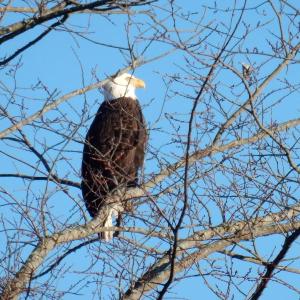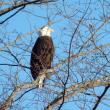The Warm Days of February
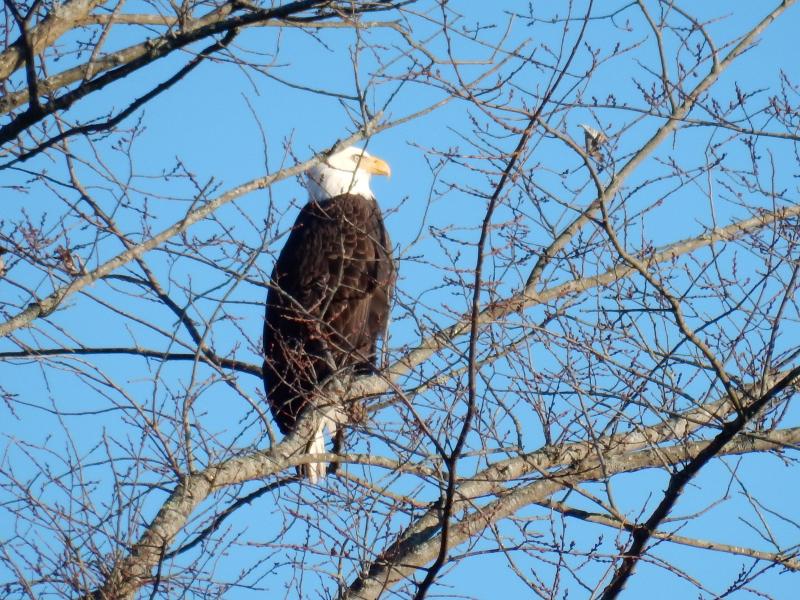 Bald eagles, like this one seen along the Kennebec River, are more likely to be observed hanging out on or near their big, bulky stick nest this time of year. Photo courtesy of Allison Wells
Bald eagles, like this one seen along the Kennebec River, are more likely to be observed hanging out on or near their big, bulky stick nest this time of year. Photo courtesy of Allison Wells
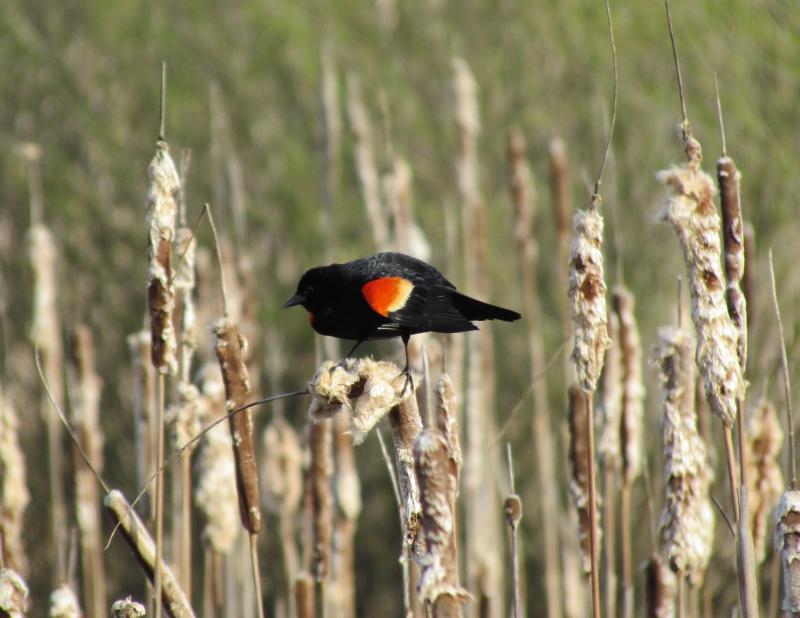 In an early sign of spring, red-winged blackbirds have been noted in lots of locations across southern Maine. Photos courtesy of Jeff Wells
In an early sign of spring, red-winged blackbirds have been noted in lots of locations across southern Maine. Photos courtesy of Jeff Wells
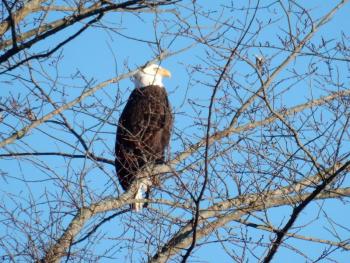 Bald eagles, like this one seen along the Kennebec River, are more likely to be observed hanging out on or near their big, bulky stick nest this time of year. Photo courtesy of Allison Wells
Bald eagles, like this one seen along the Kennebec River, are more likely to be observed hanging out on or near their big, bulky stick nest this time of year. Photo courtesy of Allison Wells
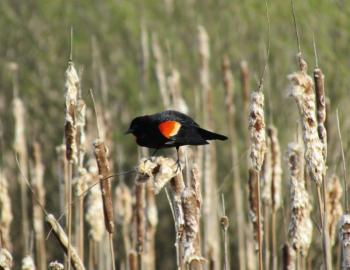 In an early sign of spring, red-winged blackbirds have been noted in lots of locations across southern Maine. Photos courtesy of Jeff Wells
In an early sign of spring, red-winged blackbirds have been noted in lots of locations across southern Maine. Photos courtesy of Jeff Wells
These warm days of late, even if interspersed with colder, more seasonal temperatures and occasional snow, have predictably made many of us humans think of spring. Birds seem to be feeling it, too. We wrote in our recent column about the resident birds that we’ve been hearing singing during our neighborhood dog walks—species like northern cardinals, black-capped chickadees, tufted titmice, and house finches.
Some birds have been marking the change of season in other ways. Bald eagles are engaging in courtship displays high overhead in the blue skies. If you are very lucky and are paying attention, you may get to see the most famous of their displays in which the male and female lock talons in flight and do somersaults as they fall earthward, letting go in time to regain flight before hitting the ground.
More likely to be seen are the pairs hanging out together on or near the big, bulky stick nest. We watched a pair this week cavorting on one of the bald eagle nests that we watch frequently along the Kennebec River. Eggs will likely be laid in March and young hatched in late April or early May.
The Steller’s sea-eagle has disappeared at the time of this writing, no longer showing itself from the location where hundreds had been enjoying it near the Back River between Arrowsic and Georgetown. Is it hoping to find a mate among the relatively closely related bald eagles in the area and thus it is cruising around? There are lots of eyes looking for it. It will be interesting to see where it turns up next.
The expected earliest migrant birds are also starting to return. Red-winged blackbirds have been noted in lots of locations across southern Maine (although we have yet to see or hear one this calendar year). Turkey vultures have also had surge in sightings over the last two weeks in southern Maine. There have even been a couple of reports of American woodcock and killdeer in Maine already!
We wrote about the forecast for winter finches in an earlier column and noted that there were a fair number of pine siskins around and very few common redpolls. Sometimes in February and March, there is a movement of winter finches back to the north that results in an observed increase. A number of birders have reported seeing more pine siskins; a glance at eBird seems to show more sightings in February in southern Maine. Common redpolls, though, are still very scarce. Pine grosbeaks, on the other hand, are being seen at more locations but are still not being reported much along the mid-coast. Perhaps they will make their way a bit farther south through the rest of February and early March before they depart back north to their Canadian Boreal Forest breeding grounds.
Jeffrey V. Wells, Ph.D., is a Fellow of the Cornell Lab of Ornithology and Vice President of Boreal Conservation for National Audubon. Dr. Wells is one of the nation's leading bird experts and conservation biologists and author of the “Birder’s Conservation Handbook.” His grandfather, the late John Chase, was a columnist for the Boothbay Register for many years. Allison Childs Wells, formerly of the Cornell Lab of Ornithology, is a senior director at the Natural Resources Council of Maine, a nonprofit membership organization working statewide to protect the nature of Maine. Both are widely published natural history writers and are the authors of the popular books, “Maine’s Favorite Birds” (Tilbury House) and “Birds of Aruba, Bonaire, and Curaçao: A Site and Field Guide,” (Cornell University Press).

